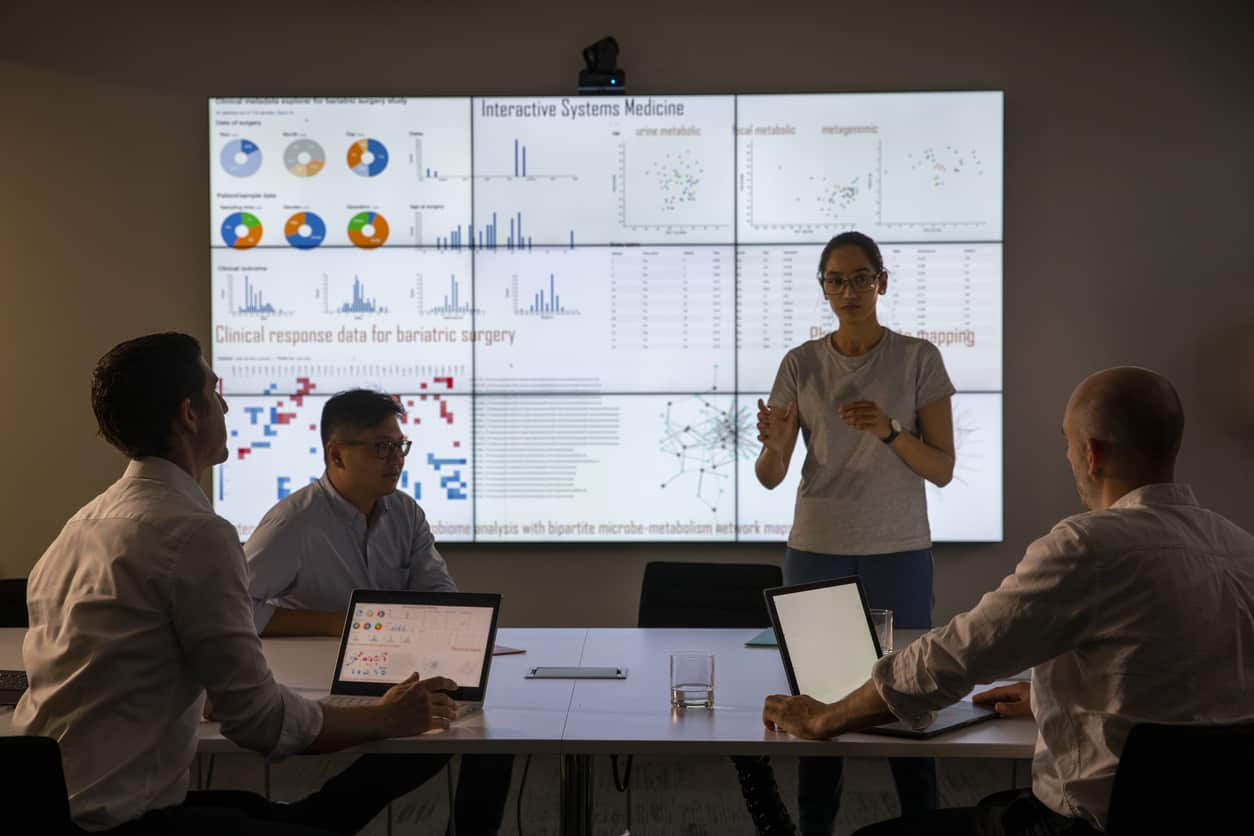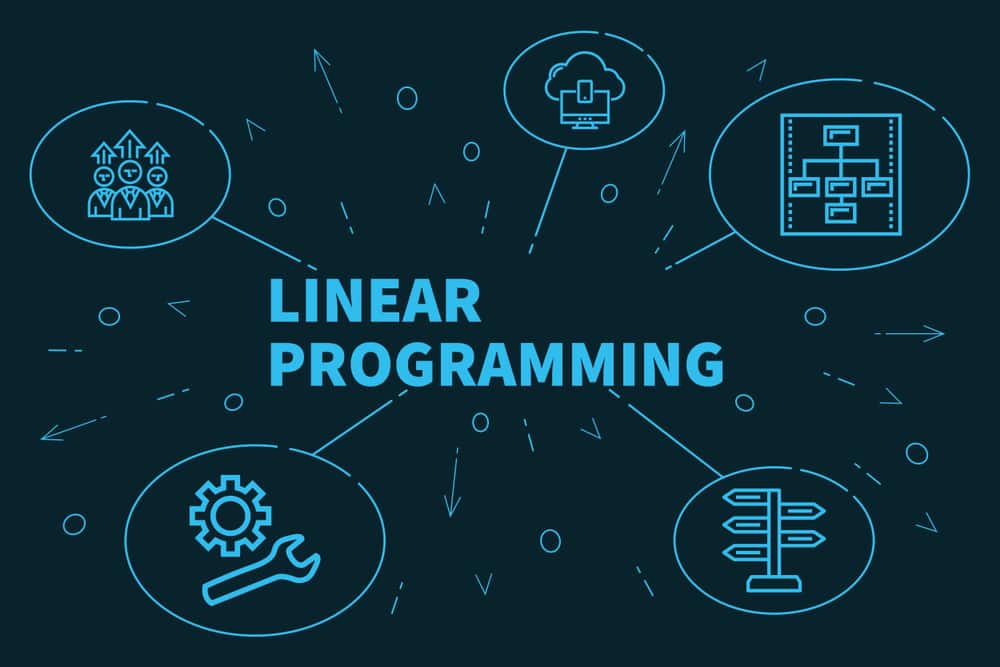The future is already here and data science courses are already leading the way. Hence it is no surprise that data science is creating millions of jobs worldwide. Tech giants like Facebook, Google, IBM are spending millions of dollars in research and development of different aspects of Data Science like Machine Learning and Artificial Intelligence. It is also one of the most sought-after job on job searching websites like Linkedin, Glassdoor and Monster. And if you are wondering what skills a data scientist requires, then read on.
To begin with, let’s talk about what is Data Science?

As the name suggests, Data science deals with ‘data’- large amounts of data. This data is grouped, classified and structured and then useful insights are drawn from it that help the development of businesses. Reading this data though in theory may sound simple, it’s actually not. That’s where the ‘science’ part comes into the picture. In order to read the data, many tools and algorithms have to be used to visualise, structure and then read and derive insights.
Data science is used as a rather broader generic term these days when people use the word Data science they don’t mean the textbook definition of Data Science but rather all the different fields that come under Data Science, like, Data Analytics, Data Science and Analytics, Machine Learning and Artificial Intelligence.
Each field is unique in its own way and perform their own tasks and functions.
Find out the difference between data science, AI and ML.
Data science flow-chart
This chart shows the flow in Data science, right from obtaining the data to predicting the insights, along with all the skills and tools required for that particular stage of the flow-chart.
- Data collection
- Data wrangling
- Data exploration
- Data modelling
- Report
Step 1:
Obtaining the Data
This is obviously one of the first and foremost steps. First you need to identify what kind of data you want to analyse, and then you need to export this to an exel or csv file. The next step would be to make this data easily readable. Basically, it should be labelled and structured the right way so that it is easy to analyse.
Skills and tools required
- Database management : SQL
- Understanding the database and what it represents
- Retrieving raw unstructured data in the form of text, docs, photos, videos etc.
- Distributed storage : hadoop, spark, or apache
Step 2:
Scrubbing or cleaning the data
This is an important step because before you are able to read the data, you must make sure it is in a perfectly readable state, without any mistakes, no missing values or wrong values, and the data has to be consistent throughout, because the data is the most important part in this field.
Skills and tools required
- Scripting language – Python, R, SAS
- Data wrangling tools – Python Pandas, R
- Distributed processing – Hadoop, Mapreduce/spark
Step 3:
Exploratory Data Analytics
Now that your data is clean and readable, it’s time to get to the real work. Analysing the data. This is done by visualising the data in various ways and identifying patterns and spotting anything out of the ordinary. In order to analyse the data you must have an eye or attention to detail and must be able to think out of the box to identify anything out of place. And then based on this analysis, come with solutions. In short this is what a Data Analyst does.
Skills and tools required
- Python libraries – Numpy, Matplotlib, Pandas, Scipy
- R libraries – GGplot2, Dplyr
- Inferential statistics
- Data visualisation
- Experimental design
Step 4:
Machine Learning Modelling
Machine Learning is an application of Artificial Intelligence, in which, a machine can follow commands and rules (algorithms) and come with predictive solutions without any human supervision.
The engineer or scientist writes down a set of instructions for the Machine Learning algorithm to follow based on the data that has to be analysed and come up with the right output after learning through the data and instructions.
After cleaning up the data and finding out essential features through the data exploration phase, using a statistical model as a predictive tool will enhance your overall decision making. Take free Machine Learning Pipeline course today.
Skills and tools required
- Machine learning – supervised, unsupervised and reinforcement machine learning
- Evaluation methods
- Machine learning libraries – Python (sci-kit learn) / R (CARET)
- Linear algebra and multivariate calculus
Step 5:
Interpreting or ‘data storytelling’
This is the final step, in which you uncover your finding to your boss or company, the most important step in this would be your ability to explain your results.
You must be able to explain this to anyone with a non-technical background. Hence the term ‘storytelling’.
In order to understand how the data can affect the business or how your solution helps to provide better business solutions, you must also have an understanding of the business domain.
Skills and tools required
- Knowledge of your business domain
- Data visualisation tools – tableau, GGplot, Seaborn etc.
- Communication – presentation skills, both verbal and written
This marks the end of the Data Science flow-chart. Now that you know what skills and tools you need to know in order to become a data scientist, you can now start to learn all these tools and enter into the vast field yourself.
You can start your learning journey with Great Learning, a premier learning institute which designs courses especially tailored for people with no history or knowledge in this field of data science.
PG Program in Data Science to start your journey!






